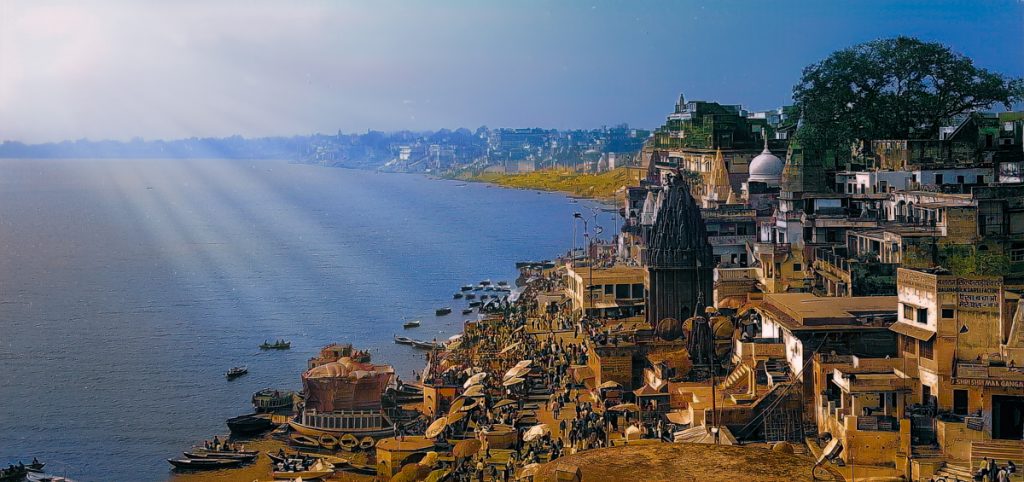The second of a two-part article by Philip Renard, about the Direct Path master, Atmananda Krishna Menon.
*** Read Part 1 ***
And so it goes on, in a sense, throughout the book. Is this confusing? At first it may seem so, but by really reading what the teacher says, really understanding what the meaning of the distinction is, and what is true in the ultimate sense (which means not being able to separate anymore because the ‘substance’ that makes up the objects being noticed as such), you will be able to see the value of this dance. If you never have noticed consciousness itself (often rightly capitalized as ‘Consciousness’) because it is never an object, it is very useful that you are being pointed out that consciousness itself can indeed be recognized and realized. Without being pointed out, it is possible that you keep looking over consciousness itself because of your habituation to objects. Atmananda himself says the following about the apparent two approaches:
During the period of preliminary investigations in the study of Vedanta, you are asked to try to separate body and mind from the ‘I’-Principle. It is only to make you understand the relative values of the terms. Such a separation is not really possible; because, separated from the ‘I’-Principle, the other two do not exist at all. Therefore they are really nothing but the ‘I’-Principle. Vedanta asks you only to recognize this Truth.
From the position of Consciousness one can say that everything else is not. But from no position can you say that Consciousness is not. Because one has to be conscious of the Truth of that very statement before making it. Therefore Consciousness stands as the background of even that statement.
Hence even the statement that ‘Consciousness is not’ only proves that Consciousness IS. Therefore Consciousness is self-luminous and permanent.8
Continue reading
